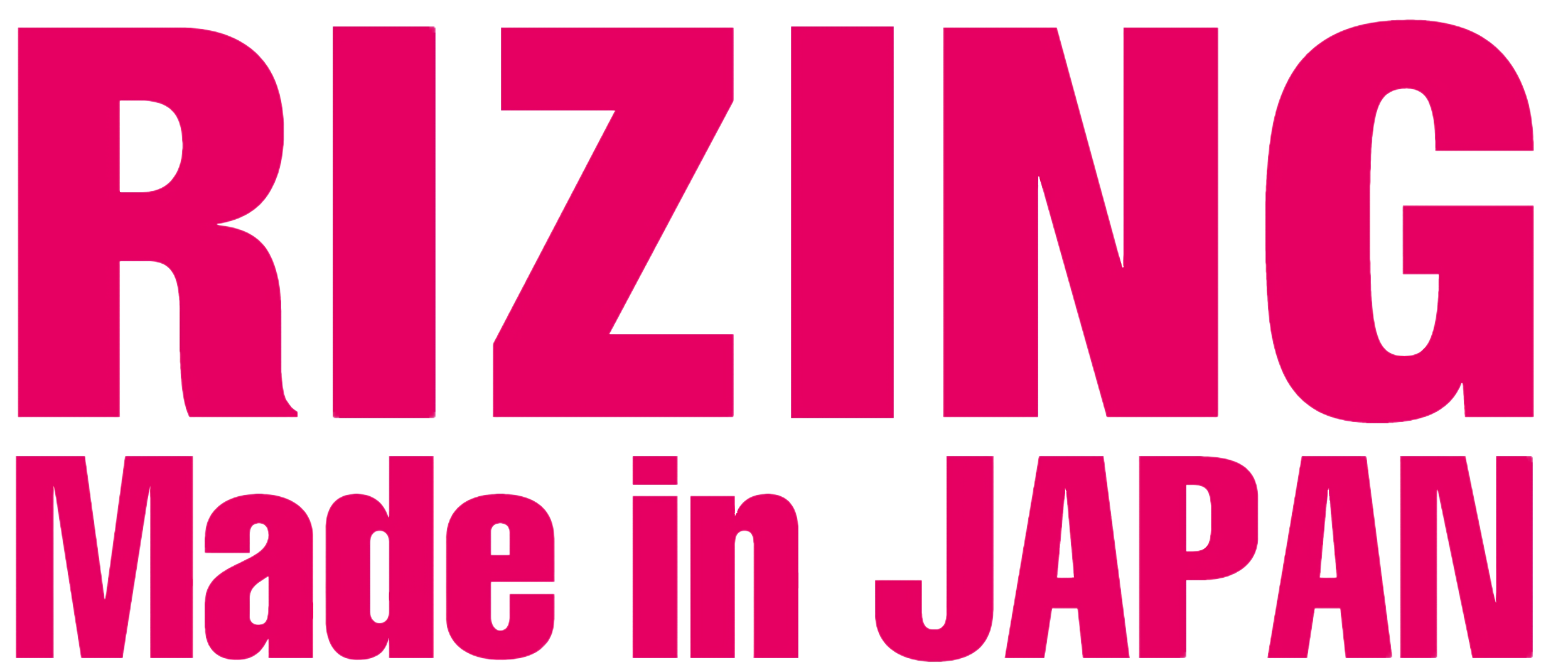In the wake of escalating global challenges, the concept of sustainable development has emerged as a pivotal framework for addressing economic, environmental, and social issues. The Sustainable Development Goals (SDGs), established by the United Nations in 2015, serve as a universal call to action for all countries to promote prosperity while protecting the planet. With 17 distinct goals and 169 associated targets, the SDGs aim to tackle a diverse range of issues including poverty, inequality, climate change, environmental degradation, peace, and justice. This essay examines the historical foundation of the SDGs, their significance, and the progress made towards achieving them.
Historically, the roots of sustainable development can be traced back to the 1972 United Nations Conference on the Human Environment held in Stockholm, Sweden. This landmark event marked the inaugural global dialogue on sustainability and environmental protection. However, it was the Brundtland Commission’s 1987 report, titled *Our Common Future*, that crystallized the concept of sustainable development. The Commission defined sustainable development as “development that meets the needs of the present without compromising the ability of future generations to meet their own needs.” This definition underscored the necessity of balancing economic growth, social inclusion, and environmental sustainability.
The establishment of the Millennium Development Goals (MDGs) in 2000 was a significant precursor to the SDGs. The MDGs consisted of eight goals aimed primarily at alleviating extreme poverty and enhancing human well-being by 2015. In a report published in 2015, the United Nations highlighted that significant progress was made in certain areas, such as reducing extreme poverty rates globally by over 50% since 1990. However, the report also noted that many inequalities persisted, particularly among marginalized communities. Consequently, the international community sought a more inclusive and comprehensive framework, leading to the adoption of the 2030 Agenda for Sustainable Development and the SDGs in September 2015.
The SDGs comprise a holistic approach to global challenges, connecting the dots between social equity, economic growth, and environmental stewardship. Notably, Goal 1 seeks to eradicate poverty in all its forms, while Goal 13 calls for urgent action to combat climate change and its impacts. Collectively, the 17 goals encapsulate aspirations that go beyond mere economic metrics, emphasizing well-being and resilience across interconnected areas. Importantly, the SDGs are underpinned by the principle of ‘leave no one behind,’ ensuring that all people, regardless of their circumstances, have the opportunity to prosper.
As of 2021, the Global Sustainable Development Report indicated that the world is off track to achieve the SDGs by 2030. Progress has been uneven, with successes in some regions overshadowed by persistent challenges. For instance, according to the United Nations, as of 2021, an estimated 689 million people still lived in extreme poverty, disproportionately affecting women, children, and marginalized groups. Furthermore, the impact of the COVID-19 pandemic exacerbated existing vulnerabilities, pushing an additional 97 million people into extreme poverty in 2020 alone. This regression demonstrates the intricate relationship between global challenges and highlights the urgency of renewed commitment to the SDGs.
In parallel, climate change remains a critical hurdle towards achieving the goals. The Intergovernmental Panel on Climate Change (IPCC) estimates that to limit global warming to 1.5 degrees Celsius, greenhouse gas emissions must be reduced by about 45% from 2010 levels by 2030. However, recent data suggests that global emissions have continued on an upward trajectory, underscoring the need for immediate and coherent climate action in alignment with SDG 13.
Ultimately, the Sustainable Development Goals represent a transformative agenda for humanity. They encapsulate a vision that encompasses the social, economic, and environmental realms, reminding all nations of their collective responsibility to address the multifaceted challenges they face. It is imperative that stakeholders, including governments, civil society, and the private sector, rally together and mobilize resources to achieve these goals. Without concerted efforts and innovative solutions, the ambition of sustainable development may remain elusive, resulting in dire consequences for future generations. Thus, as the global community progresses toward 2030, the SDGs serve not merely as a framework, but as an urgent call to action, essential for the survival and flourishing of people and the planet alike.

